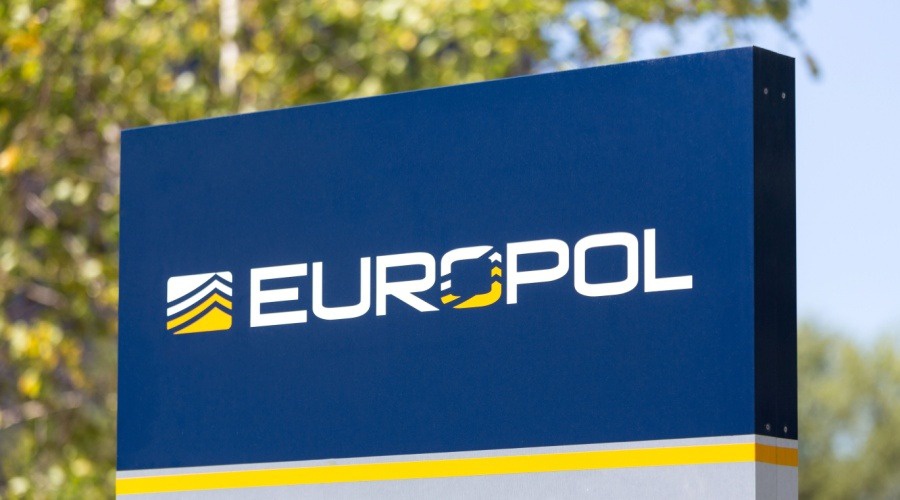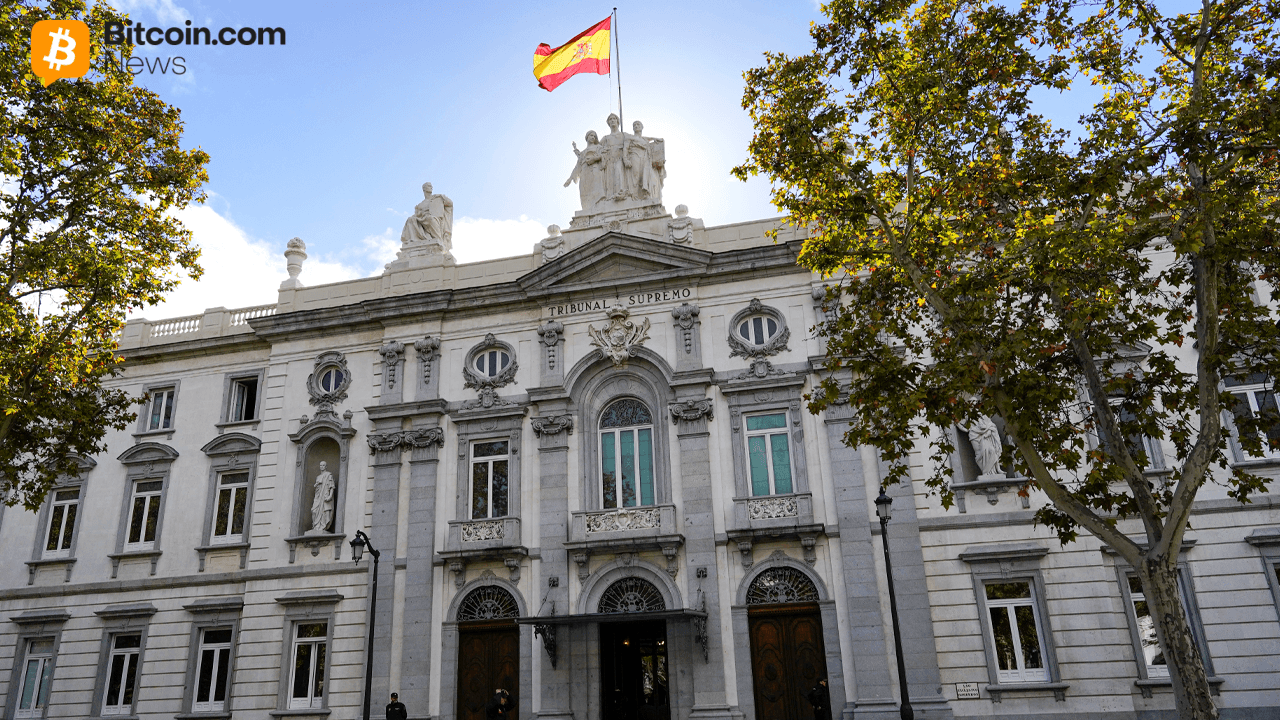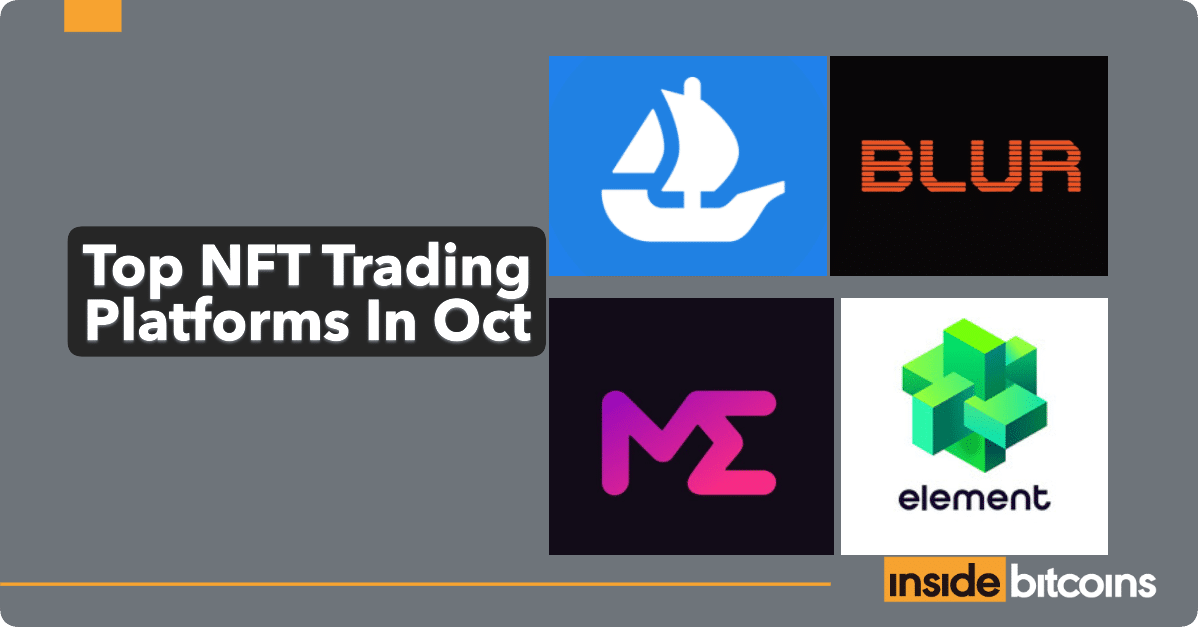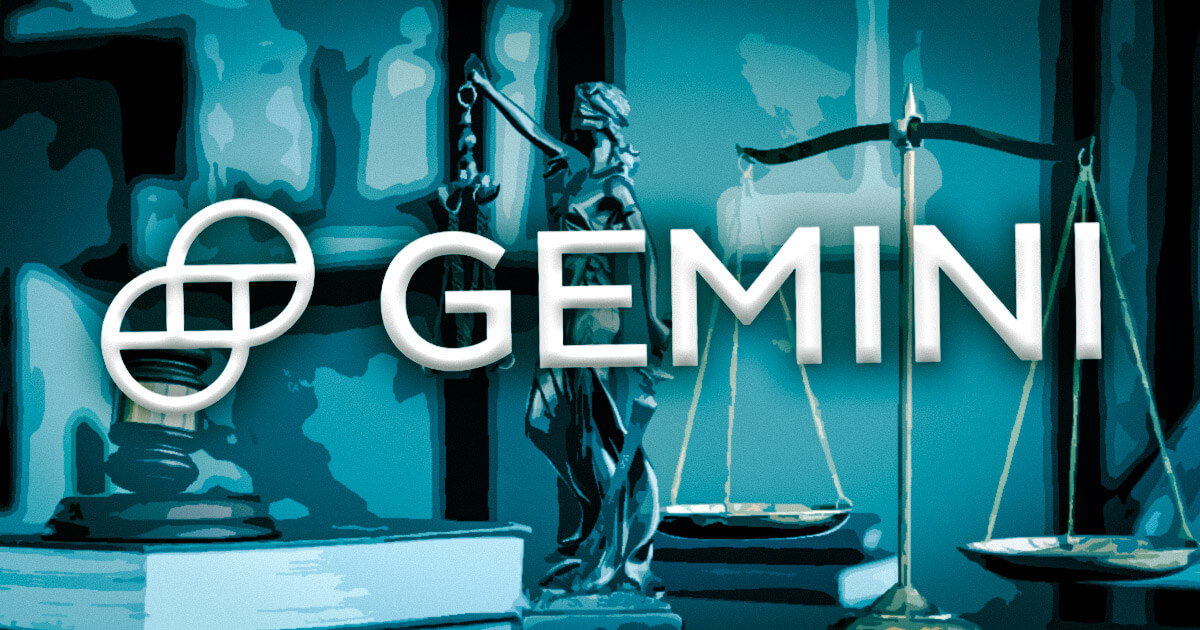The
cryptocurrency industry was buzzing with expectation and excitement as
Ethereum, the second-largest blockchain by market capitalization, prepared for the Ethereum Merge. In this detailed article, we will look at
the Ethereum Merge concept, its relevance in the crypto industry, the mechanics
of this transfer, and the impact it had on cryptocurrency investors.
Introduction
Since its
creation, Ethereum, also known as the backbone of the decentralized finance
(DeFi) ecosystem and non-fungible tokens (NFTs), has used a proof-of-work (PoW)
consensus mechanism. However, the scalability and energy efficiency of Ethereum
have long been a source of contention. The Ethereum community went through a long journey known as the Ethereum Merge to address these concerns and pave the path
for a more sustainable and scalable future.
Understanding
the Ethereum Network
Before we go
into the Ethereum Merge, let’s take a quick look at the Ethereum network and
its current state. Ethereum is a decentralized blockchain that allows smart
contracts and decentralized apps (DApps) to be created. It has garnered
significant acceptance because to its adaptability and programmability,
enabling a plethora of initiatives in the cryptocurrency industry.
Introduction
of Ethereum Merge
The Ethereum Merge
includes the network’s consensus mechanism switching from proof of work (PoW)
to proof-of-stake (PoS). This modification fundamentally alters how
transactions are validated and new blocks are added to the ethereum blockchain.
PoS selects validators to create new blocks based on the amount of
cryptocurrency they own and are prepared to stake ether as collateral, whereas
PoW relies on miners solving complicated mathematical riddles.
One Year
After the Ethereum Merge: What Has Changed?
Ethereum’s
transition from proof of work to proof of stake led to a dramatic reduction in
energy consumption. The network’s carbon footprint decreased by 99.99%,
aligning with growing environmental concerns associated with crypto.
In what
concerns liquid staking, the amount of Ethereum staked has nearly doubled since
the merge, with 26.5 million Ethereum, worth around $43 billion, now staked.
Ethereum’s
scalability, however, still remains a key concern for adoption. While the merge
itself didn’t directly impact speed, the upcoming “surge” upgrades
are expected to enhance Ethereum’s scalability. Layer-2 solutions have already
increased transactions per second significantly.
As for regulatory
challenges, staking has become a regulatory focal point in the U.S., with the
SEC targeting crypto exchanges offering staking services. Ethereum’s
classification remains uncertain, creating a regulatory divide between the SEC
and CFTC.
Lastly, in
terms of supply and the project’s direction, the merge has altered Ethereum’s
token supply dynamics, resulting in a decrease in the overall circulating
supply. This change highlights Ethereum’s long-term direction and its ability
to implement major technical upgrades.
Exploring
Proof-of-Stake
The Ethereum
Merge is a component of Ethereum 2.0, a set of improvements designed at
improving the network’s scalability, security, and sustainability. Ethereum
2.0, also known as ETH2 or Serenity, introduced numerous significant
enhancements, including shard chains for greater throughput, eWASM for enhanced
smart contract capabilities, and, of course, the Ethereum Merge to shift to
PoS.
Examining the
Pros and Cons of Using Proof of Stake for Ethereum Merge
The adoption of
PoS via the Ethereum Merge has both advantages and cons.
Pros:
- Energy
Efficiency: When compared to PoW, PoS utilizes substantially less energy,
alleviating concerns about Ethereum’s carbon footprint. - Security: By
forcing validators to maintain a considerable stake, PoS adds a stronger level
of security, making malevolent behavior monetarily impractical. - Scalability:
PoS can theoretically process more transactions per second than Ethereum,
potentially addressing Ethereum’s scalability difficulties.
Cons:
- Critics contended that PoS could lead to centralization because individuals with larger stakes would have
more control over the network. - Transition
Difficulties: Transitioning from PoW to PoS is always a challenging process fraught
with technical difficulties that must be properly addressed.
While PoS has
numerous benefits, it also raises questions about the allocation of money and
power within the network. Critics were concerned that these changes would benefit the
wealthy and powerful, potentially leading to a more centralized ecosystem.
Furthermore, the switch to PoS demanded a robust and secure network upgrade,
which was no easy task.
Impact
on Cryptocurrency Investors
Let us now look
at how the Ethereum Merge influenced cryptocurrency investors.
The switch to
PoS was expected to boost Ethereum’s value by addressing worries about energy
usage and scalability. It enticed more institutional investors who have
been wary of PoW networks like Bitcoin due to environmental issues.
Furthermore,
Ethereum’s update to Ethereum 2.0, which includes the introduction of shard
chains, created new opportunities for developers, resulting in an increase
in decentralized applications and DeFi initiatives. Active investors in these
industries seek to benefit from higher returns.
The shift was bound to bring up uncertainties and price swings which is why diversifying
one’s crypto portfolio beyond Ethereum was recommended for optimal risk
management.
Conclusion
The Ethereum
Merge was a watershed point in the evolution of blockchain technology. As
Ethereum upgraded and transitioned from PoW to PoS, it aspired to become more
sustainable, scalable, and secure, hence offering up new opportunities for
innovation and growth within the cryptocurrency ecosystem. While the
transformation was fraught with difficulties and uncertainty, it also presented
tremendous potential for both investors and developers.
FAQ
What Is Beacon Chain?
The Beacon
Chain is a PoS blockchain that runs alongside Ethereum’s existing PoW chain. It
was introduced to lay the groundwork for Ethereum 2.0 and to make the
transition to PoS easier. The major function of the Beacon Chain is to
coordinate validators and administer the PoS consensus mechanism.
What Is Ethereum 2.0?
Ethereum 2.0,
also known as Eth2 or Serenity, is a set of improvements intended at improving
Ethereum’s scalability, security, and long-term viability. It features the
Ethereum Merge shift to PoS, the introduction of shard chains for increased
throughput, and the inclusion of eWASM for advanced smart contract
capabilities.
What are the benefits of the
Ethereum merge?
The Ethereum
Merge provides various advantages, including higher energy efficiency,
increased security via PoS, improved scalability, and the potential for a value
boom. It overcomes the environmental concerns raised by PoW, making Ethereum
more appealing to institutional investors and environmentally sensitive users.
Furthermore, the enhancements to Ethereum 2.0 may stimulate innovation and
growth in the DeFi and DApp sectors, benefiting both investors and developers.
The
cryptocurrency industry was buzzing with expectation and excitement as
Ethereum, the second-largest blockchain by market capitalization, prepared for the Ethereum Merge. In this detailed article, we will look at
the Ethereum Merge concept, its relevance in the crypto industry, the mechanics
of this transfer, and the impact it had on cryptocurrency investors.
Introduction
Since its
creation, Ethereum, also known as the backbone of the decentralized finance
(DeFi) ecosystem and non-fungible tokens (NFTs), has used a proof-of-work (PoW)
consensus mechanism. However, the scalability and energy efficiency of Ethereum
have long been a source of contention. The Ethereum community went through a long journey known as the Ethereum Merge to address these concerns and pave the path
for a more sustainable and scalable future.
Understanding
the Ethereum Network
Before we go
into the Ethereum Merge, let’s take a quick look at the Ethereum network and
its current state. Ethereum is a decentralized blockchain that allows smart
contracts and decentralized apps (DApps) to be created. It has garnered
significant acceptance because to its adaptability and programmability,
enabling a plethora of initiatives in the cryptocurrency industry.
Introduction
of Ethereum Merge
The Ethereum Merge
includes the network’s consensus mechanism switching from proof of work (PoW)
to proof-of-stake (PoS). This modification fundamentally alters how
transactions are validated and new blocks are added to the ethereum blockchain.
PoS selects validators to create new blocks based on the amount of
cryptocurrency they own and are prepared to stake ether as collateral, whereas
PoW relies on miners solving complicated mathematical riddles.
One Year
After the Ethereum Merge: What Has Changed?
Ethereum’s
transition from proof of work to proof of stake led to a dramatic reduction in
energy consumption. The network’s carbon footprint decreased by 99.99%,
aligning with growing environmental concerns associated with crypto.
In what
concerns liquid staking, the amount of Ethereum staked has nearly doubled since
the merge, with 26.5 million Ethereum, worth around $43 billion, now staked.
Ethereum’s
scalability, however, still remains a key concern for adoption. While the merge
itself didn’t directly impact speed, the upcoming “surge” upgrades
are expected to enhance Ethereum’s scalability. Layer-2 solutions have already
increased transactions per second significantly.
As for regulatory
challenges, staking has become a regulatory focal point in the U.S., with the
SEC targeting crypto exchanges offering staking services. Ethereum’s
classification remains uncertain, creating a regulatory divide between the SEC
and CFTC.
Lastly, in
terms of supply and the project’s direction, the merge has altered Ethereum’s
token supply dynamics, resulting in a decrease in the overall circulating
supply. This change highlights Ethereum’s long-term direction and its ability
to implement major technical upgrades.
Exploring
Proof-of-Stake
The Ethereum
Merge is a component of Ethereum 2.0, a set of improvements designed at
improving the network’s scalability, security, and sustainability. Ethereum
2.0, also known as ETH2 or Serenity, introduced numerous significant
enhancements, including shard chains for greater throughput, eWASM for enhanced
smart contract capabilities, and, of course, the Ethereum Merge to shift to
PoS.
Examining the
Pros and Cons of Using Proof of Stake for Ethereum Merge
The adoption of
PoS via the Ethereum Merge has both advantages and cons.
Pros:
- Energy
Efficiency: When compared to PoW, PoS utilizes substantially less energy,
alleviating concerns about Ethereum’s carbon footprint. - Security: By
forcing validators to maintain a considerable stake, PoS adds a stronger level
of security, making malevolent behavior monetarily impractical. - Scalability:
PoS can theoretically process more transactions per second than Ethereum,
potentially addressing Ethereum’s scalability difficulties.
Cons:
- Critics contended that PoS could lead to centralization because individuals with larger stakes would have
more control over the network. - Transition
Difficulties: Transitioning from PoW to PoS is always a challenging process fraught
with technical difficulties that must be properly addressed.
While PoS has
numerous benefits, it also raises questions about the allocation of money and
power within the network. Critics were concerned that these changes would benefit the
wealthy and powerful, potentially leading to a more centralized ecosystem.
Furthermore, the switch to PoS demanded a robust and secure network upgrade,
which was no easy task.
Impact
on Cryptocurrency Investors
Let us now look
at how the Ethereum Merge influenced cryptocurrency investors.
The switch to
PoS was expected to boost Ethereum’s value by addressing worries about energy
usage and scalability. It enticed more institutional investors who have
been wary of PoW networks like Bitcoin due to environmental issues.
Furthermore,
Ethereum’s update to Ethereum 2.0, which includes the introduction of shard
chains, created new opportunities for developers, resulting in an increase
in decentralized applications and DeFi initiatives. Active investors in these
industries seek to benefit from higher returns.
The shift was bound to bring up uncertainties and price swings which is why diversifying
one’s crypto portfolio beyond Ethereum was recommended for optimal risk
management.
Conclusion
The Ethereum
Merge was a watershed point in the evolution of blockchain technology. As
Ethereum upgraded and transitioned from PoW to PoS, it aspired to become more
sustainable, scalable, and secure, hence offering up new opportunities for
innovation and growth within the cryptocurrency ecosystem. While the
transformation was fraught with difficulties and uncertainty, it also presented
tremendous potential for both investors and developers.
FAQ
What Is Beacon Chain?
The Beacon
Chain is a PoS blockchain that runs alongside Ethereum’s existing PoW chain. It
was introduced to lay the groundwork for Ethereum 2.0 and to make the
transition to PoS easier. The major function of the Beacon Chain is to
coordinate validators and administer the PoS consensus mechanism.
What Is Ethereum 2.0?
Ethereum 2.0,
also known as Eth2 or Serenity, is a set of improvements intended at improving
Ethereum’s scalability, security, and long-term viability. It features the
Ethereum Merge shift to PoS, the introduction of shard chains for increased
throughput, and the inclusion of eWASM for advanced smart contract
capabilities.
What are the benefits of the
Ethereum merge?
The Ethereum
Merge provides various advantages, including higher energy efficiency,
increased security via PoS, improved scalability, and the potential for a value
boom. It overcomes the environmental concerns raised by PoW, making Ethereum
more appealing to institutional investors and environmentally sensitive users.
Furthermore, the enhancements to Ethereum 2.0 may stimulate innovation and
growth in the DeFi and DApp sectors, benefiting both investors and developers.















